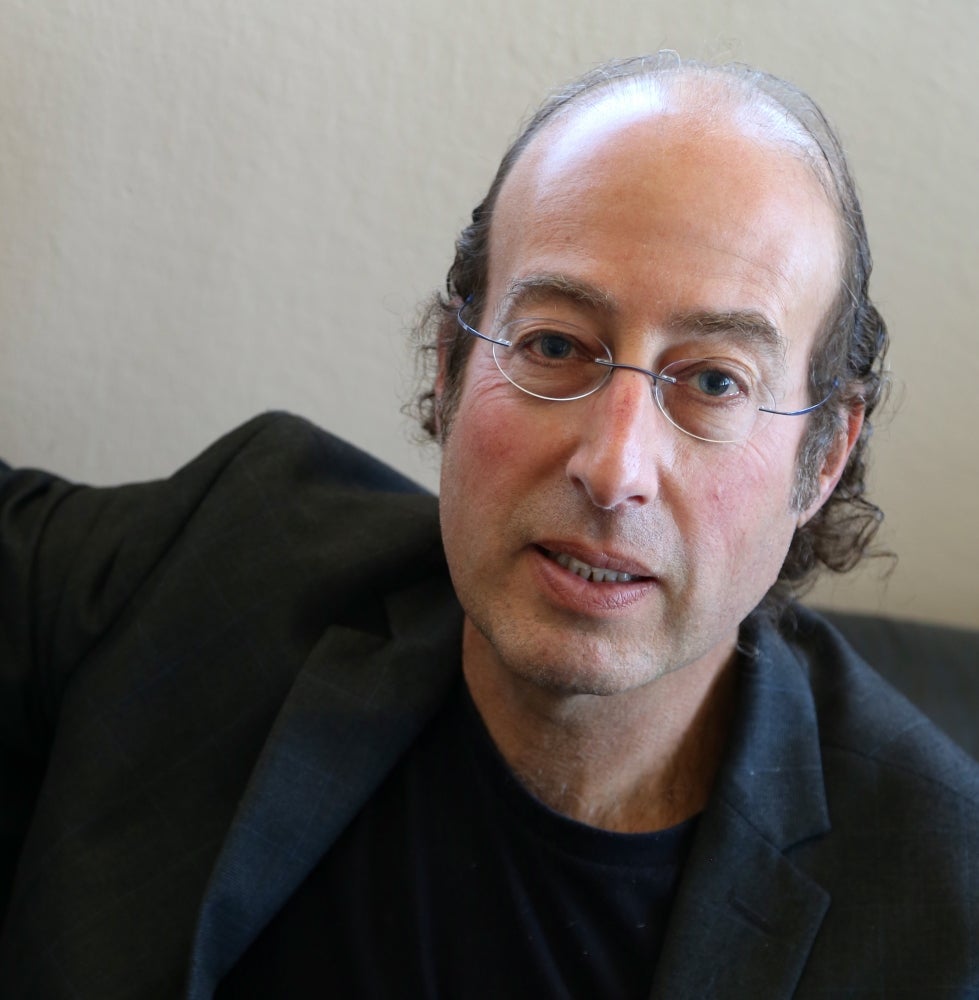
A Cure for Alzheimer’s Requires a Parallel Team Effort
For the more than 5 million Americans and 35 million people worldwide suffering from Alzheimer’s disease, the rate of progress in developing effective therapeutics has been unacceptably slow.
To address this urgent need, UC Santa Barbara’s Kenneth S. Kosik and colleagues are calling for a parallel drug development effort in which multiple mechanisms for treating Alzheimer’s are investigated simultaneously rather than the current one-at-a-time approach. In an article published today in Science Translational Medicine, the research team — Kosik; Andrew W. Lo and Jayna Cummings of the MIT Sloan School of Management’s Laboratory for Financial Engineering and Carole Ho of Genentech, Inc. — presents a simulation of a hypothetical megafund devoted to bringing Alzheimer’s disease therapeutics to fruition.
According to Kosik, the Harriman Professor of Neuroscience Research and co-director of the Neuroscience Research Institute, a “multiple-shots-on-goal” approach not only accelerates the search for a cure but also increases the probability of at least one or two successes within the next decade, thereby reducing the financial risk to investors. “But more basic research is needed to increase the probability of success, decrease the correlation among projects and make available more potential targets,” he added.
Unlike cancer and heart disease, which have many therapeutic targets — proteins and nucleic acids to which drugs are directed — the basic science of Alzheimer’s disease biology is still in its early days. What’s more, not enough Alzheimer’s disease targets exist to mitigate risk and thereby attract private-sector investment. But given how much the U.S. government is already paying each year for Alzheimer’s disease-related treatments through Medicare and Medicaid — more than $150 billion in 2013 — a government-supported public-private partnership may yield an excellent return on investment from the taxpayer’s perspective.
Using generic information on the drug development process and qualitative judgments by two of the co-authors (Kosik and Ho) who are experts in neurodegenerative diseases and translational medicine, the simulation shows that a hypothetical portfolio of 64 distinct Alzheimer’s disease drug development programs costing $38.4 billion would yield an expected financial return of -14.3 percent and a 13 percent probability that no project will reach approval. This level of risk implies that large-scale private-sector funding is unlikely to be directed to such an effort.
The analysis may help to explain why no new drugs for treating Alzheimer’s disease have been approved by the U.S. Food and Drug Administration since 2003. Currently only four drugs are on the market, and all four treat only the symptoms of Alzheimer’s disease without altering its course. However, when measured against the potential cost savings to the U.S. taxpayer over a 20-year horizon, therapeutics that delay the onset of Alzheimer’s disease or limit the progression of the disease can generate the equivalent of double-digit investment returns from the taxpayer’s perspective.
To quantify these potential cost savings, the authors used projections developed by the Alzheimer’s Association and found that savings could range from $813 billion to $1.5 trillion over a 30-year period, more than offsetting the cost of a $38 billion megafund. Domestically, the cost of treating Alzheimer’s disease is approximately $200 billion per year, of which an estimated 70 percent is covered by Medicare and Medicaid. Total related costs worldwide are already estimated to be about 1 percent of global gross domestic product.
Given that Alzheimer’s disease has the potential to bankrupt medical systems — the Alzheimer’s Association projects that the costs of care could soar to $1 trillion in the U.S. by 2050 — governments around the world have a strong incentive to invest more heavily in the development of Alzheimer’s disease therapeutics and catalyze greater private-sector participation.
“Unless government funding for basic research in the molecular biology of neurodegenerative diseases increases dramatically in the near future,” Kosik said, “it seems unlikely that the private sector will be able to produce effective Alzheimer’s disease therapies over the next few decades.”
Although the implications of the simulation seem clear, the authors acknowledge the need for much more research to calibrate the parameters of their analysis as well as to develop a more comprehensive set of potential Alzheimer’s disease targets with which to compute investment returns.
“My colleagues and I hope that this simulation will be the starting point for a more active collaboration among all stakeholders to explore the potential of a public-private partnership focused on Alzheimer’s disease therapeutics,” Kosik concluded.



